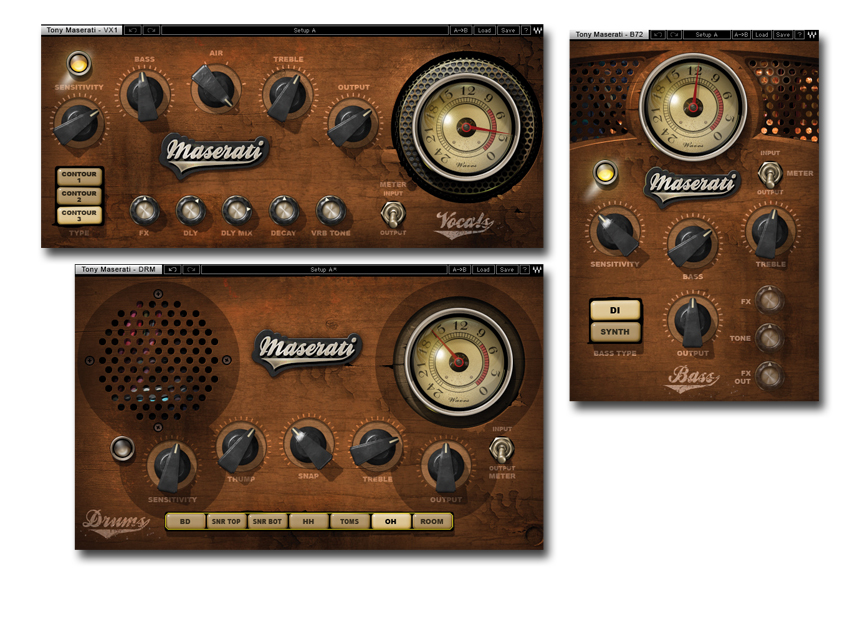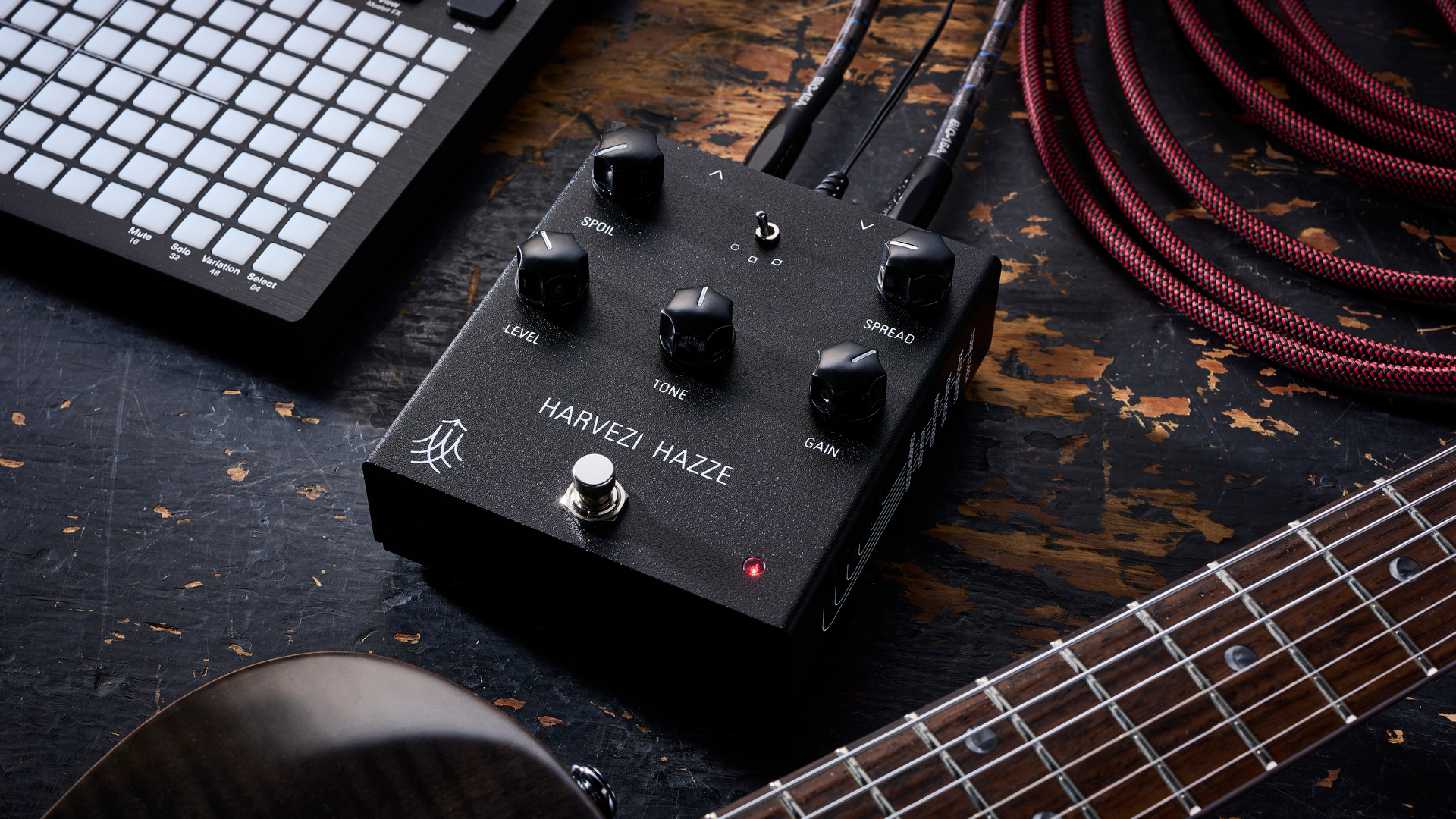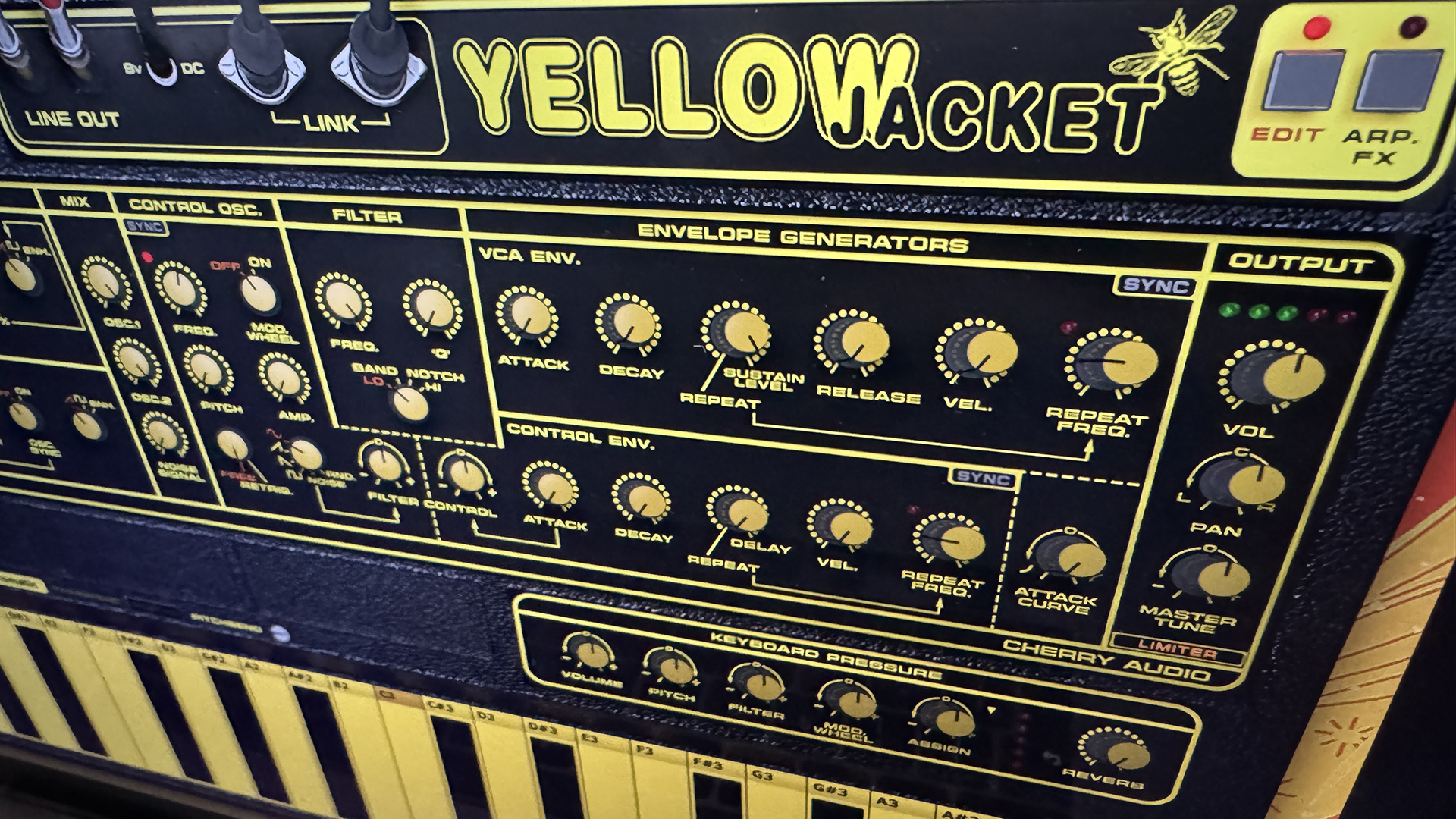MusicRadar Verdict
The 'black box' approach will frustrate some, but this atypical Waves offering succeeds due to its hit-making sonics.
Pros
- +
Gives a taste of Tony's sound. Easy-to-use format. Novel instrument-specific concept. Good results obtained quickly.
Cons
- -
Pricey! Sometimes unclear what's happening.
MusicRadar's got your back
Long-term Waves user Tony Maserati is the sort of big-name mix engineer that many would like to emulate, with credits on releases from artists such as Britney Spears, will.i.am, Black Eyed Peas, Mary J Blige, Beyoncé and even the UK's own Craaaig David.
It should therefore come as no surprise that he and Waves have joined forces to produce a bespoke set of plug-ins. What's a little more unexpected, though, is that this is no trawl through Maserati's rack of classic analogue units (as was the recent Jack Joseph Puig Collection), but actually a set of entirely original application-specific effects.
In theory, you choose the plug-in to match the sound you're processing, and - bang! - you've got Tony's tones in a flash.
Overview
The six plug-ins are GTi Guitar Toner, VX1 Vocal Enhancer, DRM Drum Slammer, B72 Bass Phattener, ACG Acoustic Guitar Designer and HMX Harmonics Generator. Each has its own complement of EQ/dynamics manipulation, as well as effects such as delay, reverb, chorus and harmonic enhancement.
As well as the usual parameters, there's a set of task-specific radio buttons, which typically alter the knob positions - however, note that they're not merely presets, as they sometimes subtly alter the way the plug-in sounds, too.
One control that's common to all units (except HMX in Bounce mode) is Input Sensitivity, which controls the input level and drives the internal dynamics processing, including compression and expansion.
Also common to all is Output level and the rev counter-style level meter. Across all plug-ins, there's no mention of parameter specifics (frequencies and so on), and they're often presented simply as more/less controls. This disguises, to some degree, precisely what's going on (annoyingly at times), but encourages you to use your ears (which is generally a good thing).
Also worth noting is that, because some of the plug-ins include stereo effects, they only operate in stereo or mono-to-stereo formats.
Bass and beats
So, starting with the B72 unit for bass, things look pretty simple. However, it operates in two distinct modes: DI and Synth. Both of these include bass and treble controls, but Synth mode activates the additional 'buzz' effect.
In practice, this makes the B72 a winner for a multitude of low-end treatments. We found this particular treatment more swirly than buzzy, though, so don't expect it to dirty up a sound.
Most welcome, however, is the input dynamics section, with the input lamp moving from green through amber to red, indicating the amount of compression.
DRM offers a one-stop shop for all drum kit elements. The seven presets (BD, SNR TOP, SNR BOT, HH, TOMS, OH and ROOM) all rely on different combinations of the same parameter set.
This time, direct EQing control is limited to a Treble knob, with the emphasis being more on frequency-specific dynamics via the Thump and Snap controls. The former seems to combine both EQ and compression with plus/minus settings. The latter is a one-way ticket to fast attack/slow release dynamics, and you simply wind it up until you reach the desired amount.
Strings and things
ACG is the simpler of the two guitar processors, with its two modes (ACG1 and ACG2) offering a slightly different underlying sound. The EQ is three-band, but notched rather than continuous, and the compression is this time applied using the Input Sensitivity knob. The onboard effect is a room reverb with adjustable exciter and pre-delay.
In use, we found ACG1 produced a thinner tonal response with a brighter reverb, while ACG2 responded with a thicker, heavily compressed and more upfront sound.
GTi is probably the most complex processor in the bundle, with five operating modes - Clean, Clean Chorus, Heavy, Thick Rhythm and Soft Flange - each featuring different sound-colouring options. This applies not only to the effects available (Chorus, Vibrato, Delay and Effect Width), but also the dynamics and EQ.
We found that, while it was possible to match knob settings between two modes, the results were different, indicating additional stuff going on under the hood. Even so, the options achieved everything from a tight, picked sound to a swirly, effected one.
Being vocal
VX1 is the vocal processor, with Contour 1, 2, or 3 modes, each of which has its own reverb/delay combo (studio, larger chamber and very small room respectively). You'll also find that Contour 3 replaces the Compress option of the other two with an Air parameter.
Again, we found that each mode affected vocals in a subtly different way: Contour 2 produced the fullest, most natural sound, and Contour 3 the most compressed, for example. The EQ options seemed similar across all modes, but the Air control acted like a dynamic EQ at various points.
Overall, the included reverbs work well, and you could view them as a quick 'try out' option or as one aspect of a more complex mixing setup.
The odd one out
The HMX Harmonics Generator is the only plug-in in the Tony Maserati Collection that isn't obviously instrument-specific. The manual states that it's designed for keyboards and strings primarily, but it's basically a jazzed-up reverb/delay processor that can be very good for all manner of applications.
First up, it has two distinct modes: Modal and Bounce. Modal includes an ambience-type reverb with Size and Mix controls and a modulated delay in the form of Spread for adding artificial width. Bounce mode replaces the ambience with a spaced-out delay, with both sync and manual tempo modes. It also includes a high-frequency enhancer as an effects send.
Clearly, it's a bit of a hybrid plug-in and, of course, you can use it alongside or in series with any of the others. In its own right, we found that the Modal setting was great for thickening things, due to the combination of its two types of effects.
Overall, Bounce mode is subtler, but we found it excellent for adding life to dry acoustic guitar, for example. However, it's not clear why Waves couldn't have made all options of both modes available simultaneously. Even so, HMX is a useful plug-in that tackles uncommon processing tasks very well.
Summary
All in all, the Tony Maserati Collection is a broad and easy-to-use set of plug-ins that cleverly disguises plenty of complex, underlying processing. At times, we found this refreshing and at other times slightly annoying but, ultimately, the results were good, which is the important bit.
It certainly doesn't replace the need for more traditional processors, but as a palette of additional colours, Maserati's Collection is excellent.
Listen to the audio demo below and hear:
B72 - electric bass first through DI and then synth mode. First changing EQ settings and then effects
GTi - electric guitar riff working through the five modes in order - clean, clean chorus, heavy, thick rhythm and soft flange - trying presence and compression settings and then the various effects options
ACG - ACG1 and ACG2 used in turn, moving through EQ settings, then onto effects
DRM - drum kit with various elements solo'd as follows - kick, snare, hats, room and overheads
HMX - acoustic guitar using modal mode, first changing size and balance then spread. Acoustic guitar using bounce mode, first changing delay settings and the enhancer balance
VX1 - vocal through Contour 1, 2 and 3 in turn. Starting with EQ settings, then dynamics. Finally adding in some reverb/delay
Computer Music magazine is the world’s best selling publication dedicated solely to making great music with your Mac or PC computer. Each issue it brings its lucky readers the best in cutting-edge tutorials, need-to-know, expert software reviews and even all the tools you actually need to make great music today, courtesy of our legendary CM Plugin Suite.
“I got to jam with Stevie Wonder. Just me and him, one afternoon. We each had a keyboard and we were just trading riffs and jamming together and it was like, ‘Wow’”: Howard Jones talks vintage gear, his new piano album and that 1985 Grammys synth medley
“His studio was a temple to analogue, within which he made a point of always wearing a boiler suit”: 6 of the quirkiest producers who pushed recorded music further than ever before
“A genuinely fun take on the classic distortion-slash-fuzz pedal”: Soma Laboratory Harvezi Hazze











